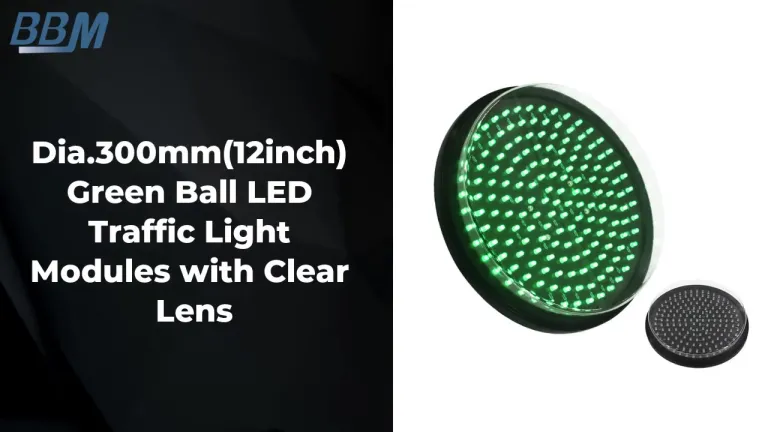
In the realm of traffic control and road safety, advancements in technology have led to the development of LED strip traffic lights and poles. These innovative solutions offer numerous advantages over traditional traffic signaling systems, enhancing efficiency, visibility, and overall traffic management.LED strip traffic lights utilize a series of light-emitting diodes (LEDs) arranged in a strip format to create a clear and visible signal. Unlike...


















